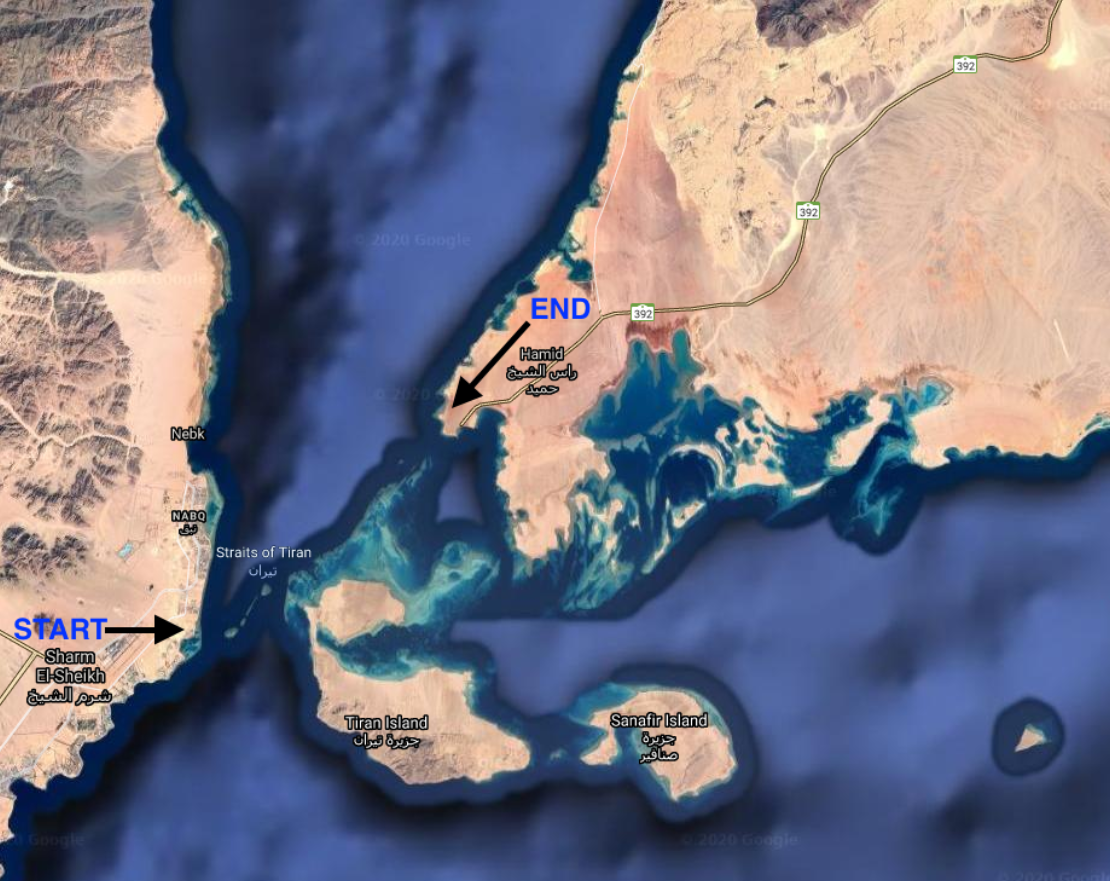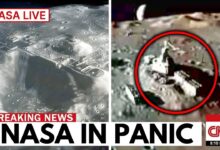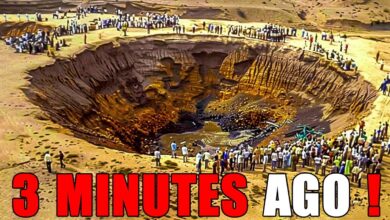Scientists FINALLY Found Evidence For The Red Sea Crossing
**Decoding the Red Sea Crossing Story: Archaeological and Scientific Evidence**

### **1. Biblical Story and Significance**
In the *Book of Exodus*, the story of the Red Sea crossing is recounted as a miracle performed by God to save the Israelites from the pursuing Egyptian army. After being released by Pharaoh, the Israelites fled to the Red Sea. With God’s help, the sea “parted” and the Israelites crossed safely on dry land. When the Egyptian army pursued, the sea turned back, drowning the entire Egyptian army. This is one of the greatest miracles in the Bible and is considered a sign of supernatural intervention.
—
### **2. Location and Various Theories**
Researchers have proposed many possible locations for the event, but most focus on two main areas of the Red Sea:
– **Suez Canal or Reed Sea**: Some scholars believe that it was not the “Red Sea” but the “Sea of Reeds” – a shallow body of water near the Nile Delta. They believe that the Israelites crossed this area at low tide, and that the story of the parting of the sea may have been a natural phenomenon that was exaggerated over time.
– **Gulf of Aqaba (Eastern Branch of the Red Sea)**: This is a hypothesis supported by many modern researchers. The Gulf of Aqaba has characteristics that fit the *Biblical* description of a deep and wide body of water that required special intervention for people to pass through.
—
### **3. Archaeological Discoveries and Ancient Artifacts**
#### **a. King Solomon’s Pillar**
Explorer Ron Wyatt discovered an ancient **pillar** on both sides of the Gulf of Aqaba – one in Egypt and one in Saudi Arabia. The pillar bears ancient Hebrew inscriptions, with content related to **Solomon** and the crossing. This has led researchers to believe that the pillar was erected to commemorate the miracle that took place there.
#### **b. Satellite images and seabed topography**
Based on data from **satellite** and **sonar surveys on the seabed**, scientists discovered a **submarine passage** under the Gulf of Aqaba.
– The passage is narrow but relatively flat, allowing a large group of people to move through if the water recedes.
– The passage is flanked by deeper waters, creating the appearance of a “wall of water” as described in the Bible.
#### **c. Remains**
During their dives to the bottom of the Gulf of Aqaba, divers found:
– **Bronze chariot wheels**, with designs dating back to the ancient Egyptian period, indicating the presence of an army.
– **Human and horse bones**, dating back to the presumed time of the crossing. These bones may be the remains of the people who were drowned, as the story goes.
—
### **4. Scientific Explanations for the “Sea Parting” Phenomenon**
Some scientists have attempted to find out if there is a natural phenomenon that could explain this event. Prominent hypotheses include:
#### **a. Strong East Winds**
– Professor **Carl Drews** from the University of Colorado simulated a phenomenon of strong, continuous winds (speeds of about 63 miles per hour). This wind can push the water aside, exposing the seabed for a few hours, allowing people to pass through. When the wind stops, the water quickly returns.
– This phenomenon, called **Wind Setdown**, has been recorded in other shallow waters around the world, such as the Baltic Sea.
#### **b. Earthquakes and tectonic shifts**
– Some seismologists have proposed that a large **earthquake** could cause a temporary withdrawal of water in some areas, allowing people to pass through. The water then returns due to a tsunami or a restoration of the tectonic balance.
– However, this hypothesis is difficult to verify because there is no clear evidence of major seismic activity at the time.
—
### **5. Related Challenges and Controversies**
#### **a. Identifying the Pharaoh**
One of the major controversies is whether the Pharaoh in the story actually drowned. According to some historical sources, Pharaoh **Ramses II** or **Merneptah** were the rulers of Egypt at that time. However, ancient documents do not record the sudden downfall of the Pharaoh during this period.
#### **b. The issue of faith and science**
– Many scientists have difficulty accepting the supernatural explanation of the event, because it contradicts scientific principles.
– Religious believers, on the other hand, see this miracle as a demonstration of God’s power, beyond the ability to explain it by conventional science.
—
**6. Conclusion: History or Legend?**
Although there is a great deal of archaeological and scientific evidence to suggest that the Red Sea crossing may have occurred in some form, the story still contains many elements that cannot be fully explained. Discoveries such as chariot wheels, bones, and stone pillars have added to the credibility of the story, but are not enough to prove it absolutely.
Scientists and archaeologists will continue to search for evidence to clarify this event. However, for many, the story of the crossing of the Red Sea is not only a miracle but also a symbol of faith and liberation.








